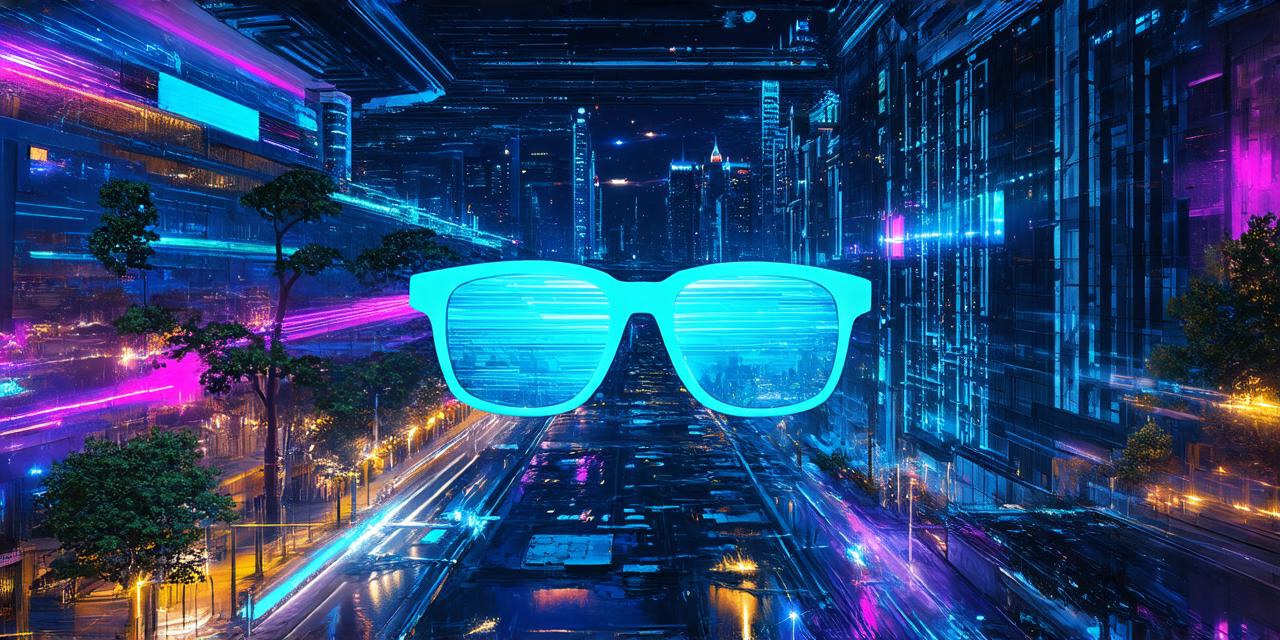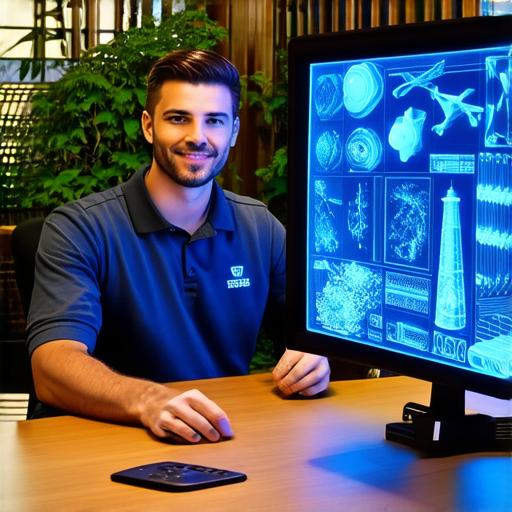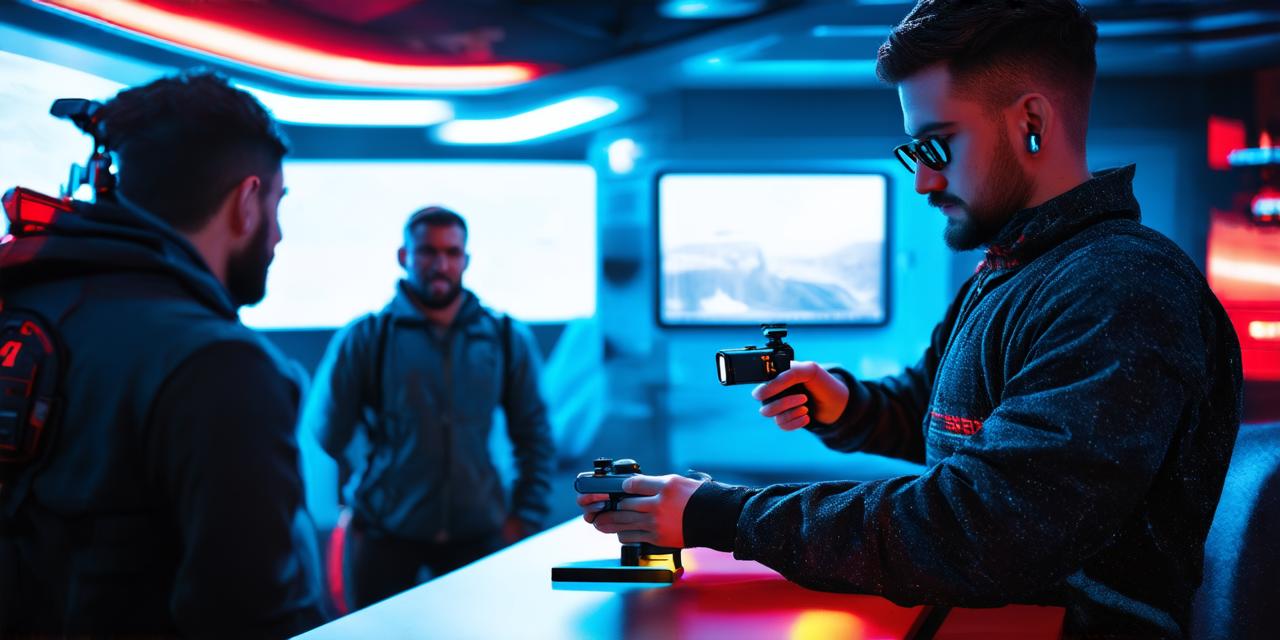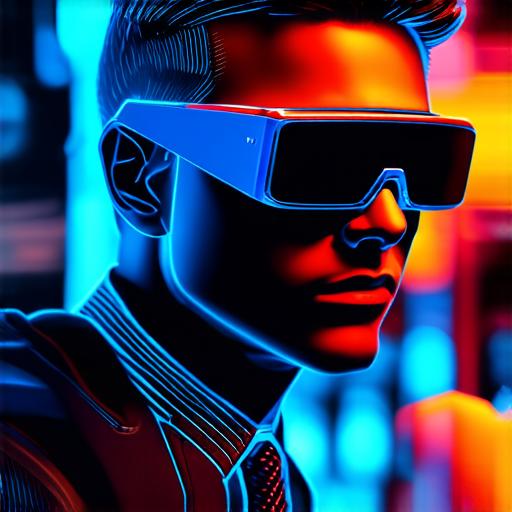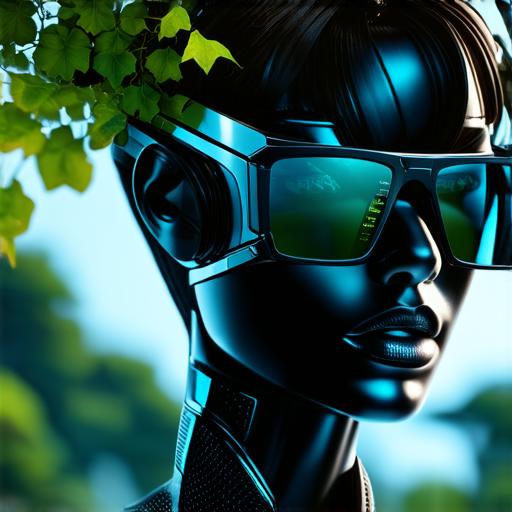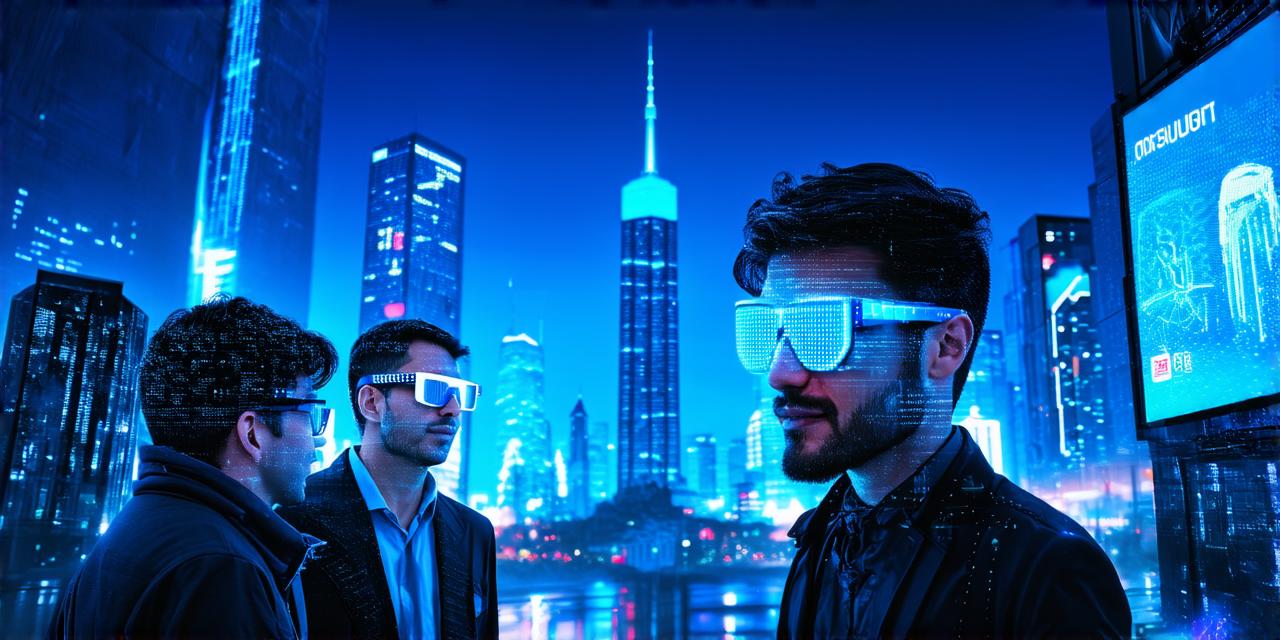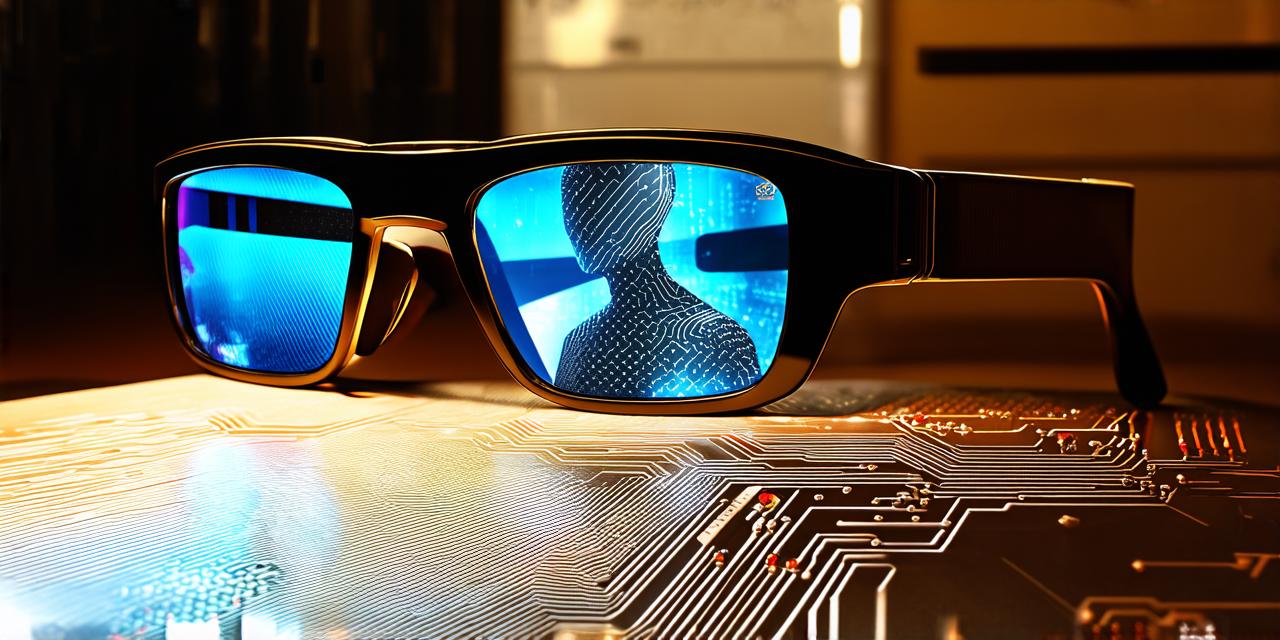Introduction
Augmented reality (AR) is a technology that overlays digital information onto the real world. It has been around for over a decade and has found its way into many industries, from gaming to education. But did you know that one sector was the first to adopt AR for commercial use? That’s right, it all started in the healthcare industry.
History of Augmented Reality in Healthcare
AR technology has been used in healthcare since 2010 when a company called Vuforia introduced its AR platform for medical training. The platform allowed doctors and nurses to practice surgical procedures on virtual patients, which helped them develop their skills without risking harm to real patients. This use case quickly caught on and paved the way for other applications in healthcare.
One of the most notable examples of AR in healthcare is the use of smart glasses by surgeons during surgery. These glasses are equipped with a camera that feeds real-time data into the surgeon’s field of view, allowing them to visualize vital information such as blood flow and nerve pathways. This technology has been shown to improve the accuracy and efficiency of surgical procedures.
Another example is the use of AR in drug development. Researchers are using AR to simulate the effects of drugs on cells and tissues, which can help them identify potential side effects before testing the drug on human subjects. This technology has the potential to save time and money in the drug development process.
AR in Education
While healthcare was the first sector to adopt AR for commercial use, education quickly followed suit. AR technology has been used in classrooms since 2013 when a company called Aurasma introduced its AR platform for education. The platform allows teachers to create interactive lessons that engage students and enhance their learning experience.
One of the most popular examples of AR in education is the use of virtual field trips. Students can use AR-enabled devices to explore historical sites, museums, and other landmarks from the comfort of their classrooms. This technology helps students develop a better understanding of history and culture.
Another example is the use of AR in science lessons. Teachers are using AR to help students visualize complex concepts such as atoms and molecules, which can be difficult to understand through traditional teaching methods. This technology has been shown to improve student engagement and understanding.
AR in Retail
While healthcare and education were the first sectors to adopt AR for commercial use, retail was not far behind. AR technology has been used in retail since 2014 when a company called IKEA introduced its AR app for furniture shopping. The app allows customers to see how furniture would look in their home before buying it.
Another example of AR in retail is the use of virtual try-ons. Fashion brands are using AR technology to allow customers to try on clothes virtually, which can help them make better purchase decisions and reduce returns. This technology has been shown to increase sales and customer satisfaction.
AR in Marketing
While retail was one of the first sectors to adopt AR for commercial use, marketing was not far behind. AR technology has been used in marketing since 2015 when a company called Snapchat introduced its AR filters for events. The filters allowed attendees to create and share photos with AR overlays on top of their real-world surroundings.
Another example of AR in marketing is the use of interactive advertisements. Brands are using AR technology to create interactive ads that engage customers and encourage them to interact with the brand. This technology has been shown to increase engagement and brand awareness.
FAQs
1. What was the first sector to adopt AR for commercial use?
The healthcare industry was the first sector to adopt AR for commercial use.
2. What is the history of AR in healthcare?
AR technology has been used in healthcare since 2010 when a company called Vuforia introduced its AR platform for medical training. The platform allowed doctors and nurses to practice surgical procedures on virtual patients, which helped them develop their skills without risking harm to real patients.
3. What is the most notable example of AR in healthcare?
One of the most notable examples of AR in healthcare is the use of smart glasses by surgeons during surgery. These glasses are equipped with a camera that feeds real-time data into the surgeon’s field of view, allowing them to visualize vital information such as blood flow and nerve pathways.
4. What is the most popular example of AR in education?
One of the most popular examples of AR in education is the use of virtual field trips. Students can use AR-enabled devices to explore historical sites, museums, and other landmarks from the comfort of their classrooms. This technology helps students develop a better understanding of history and culture.
5. What was the first sector to adopt AR for commercial use outside of healthcare?
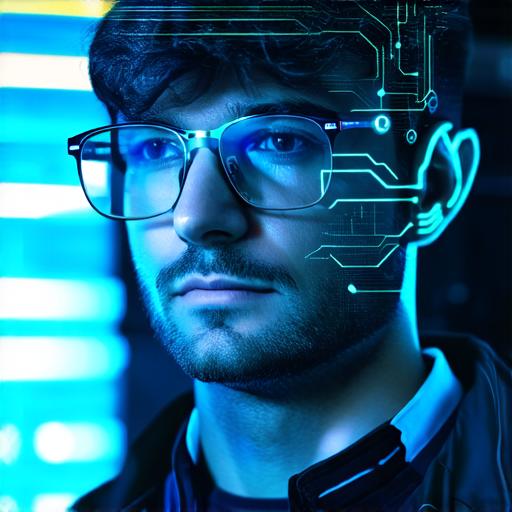
The retail industry was one of the first sectors to adopt AR for commercial use outside of healthcare.
6. What is the most notable example of AR in retail?
IKEA introduced its AR app for furniture shopping in 2014, which allows customers to see how furniture would look in their home before buying it.
7. What is the most popular example of AR in marketing?
Snapchat introduced its AR filters for events in 2015, allowing attendees to create and share photos with AR overlays on top of their real-world surroundings. This technology has been shown to increase engagement and brand awareness.

